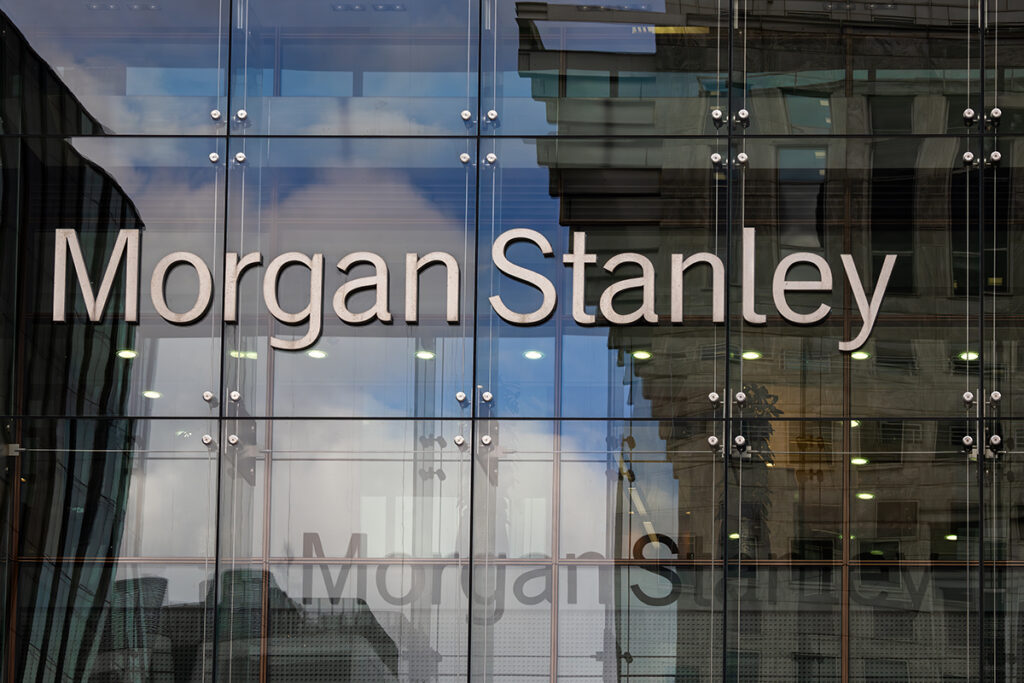Morgan Stanley has begun sounding out investors on a US $5 billion financing package for Elon Musk’s artificial-intelligence start-up xAI. Two structures are on offer: a floating-rate term loan B sold at 97 cents on the dollar and priced at SOFR + 700 basis points, and an alternative mix of a smaller term loan plus senior secured notes paying a fixed 12 percent coupon. Commitments are due later this month, with pricing to be flexed according to demand.
At last week’s virtual roadshow the bank shared preliminary revenue forecasts, projecting positive free cash flow within three years once the Grok chatbot is fully embedded in X and licensed to cloud partners. Bankers told listeners the steep discount on the term loan is meant to jump-start orders in a market unsettled by the Federal Reserve’s May rate hike.
Proceeds are officially tagged for “general corporate purposes,” a catch-all that insiders say will cover more graphics processors, expanded cloud capacity and accelerated hiring as the two-year-old company fights for share in the generative-AI boom. Ties to Musk’s social-media platform X give the still-private firm an unusually high profile among start-ups of its age.
Best-Efforts Approach Echoes Lessons From Twitter Deal
Unlike the 2022 Twitter takeover—where seven banks, led by Morgan Stanley, underwrote US $13 billion and then spent nearly two years stuck with the debt—this deal is being marketed on a “best efforts” basis. The bank will place only what the market absorbs and will not warehouse any leftover paper.
To avoid a sequel to that costly episode, arrangers have opened detailed data rooms and are courting CLO managers, direct-lending funds and high-yield bond buyers through one-on-one calls. Investors weighing the double-digit fixed coupon against the hefty floating spread must also factor in an early-stage business model and a still-fluid macro backdrop. The structure mirrors a broader leveraged-finance trend: shifting execution risk to buy-side accounts while charging richer terms for tech borrowers.
For yield-hungry funds, the AI angle is a powerful draw. Portfolio managers say the choice between a 12-percent fixed rate and a spread 7 percentage points above SOFR is hard to ignore, especially given expectations that U.S. rates could stay higher for longer.
AI Boom Meets Political Headwinds
The sale arrives amid surging enthusiasm for AI—global AI-related deal volume is up nearly 70 percent this year—but also during a public dispute between Musk and U.S. President Donald Trump over trade and immigration policy. Some credit analysts warn the spat could imperil federal contracts with Musk-controlled firms, driving investors to seek wider spreads or tighter covenants.
Even so, early feedback has been “constructive,” according to two fund managers briefed on the pitch. In parallel, xAI is exploring an equity raise of up to US $20 billion that could value the company between US $120 billion and US $200 billion, giving employees a chance to sell stock before a larger primary round. Running debt and equity processes side-by-side diversifies funding and cushions the balance sheet if either window snaps shut.
Bankers say proceeds from the current deal will finance new data centers and thousands of engineering hires, laying the groundwork for more powerful models and faster commercialization—whether through consumer subscriptions, enterprise licences or white-label partnerships with automakers. Pricing should lock in before month-end. Whether the full US $5 billion clears or is trimmed will signal how much risk investors will shoulder for a marquee AI brand—and how far Wall Street will go to avoid another Twitter-style hangover. The outcome will also serve as a weathervane for other high-growth tech issuers planning summer launches.



